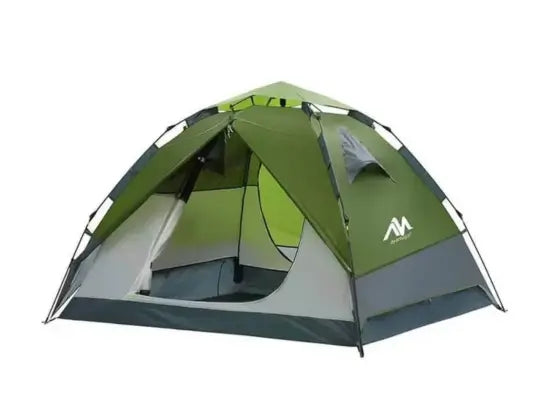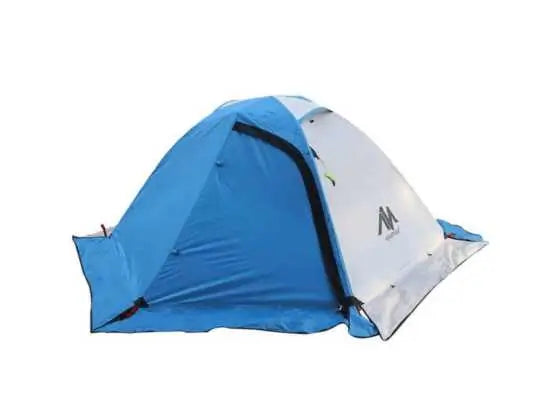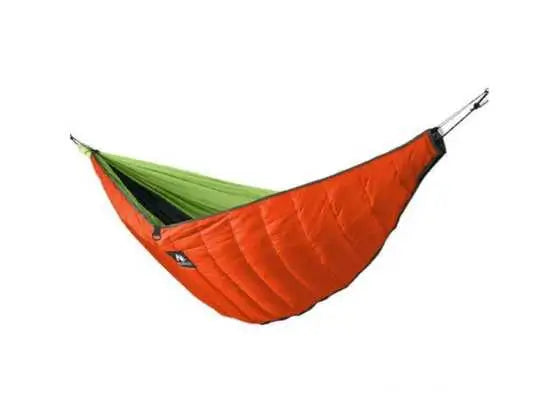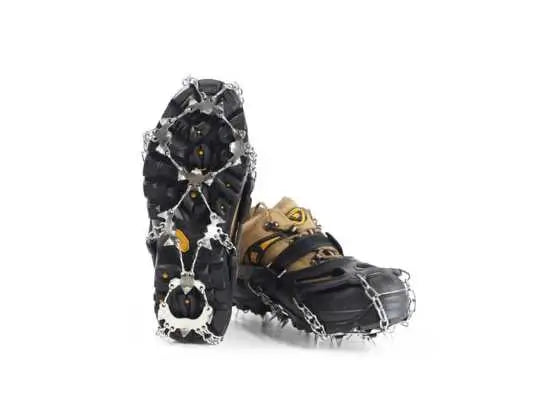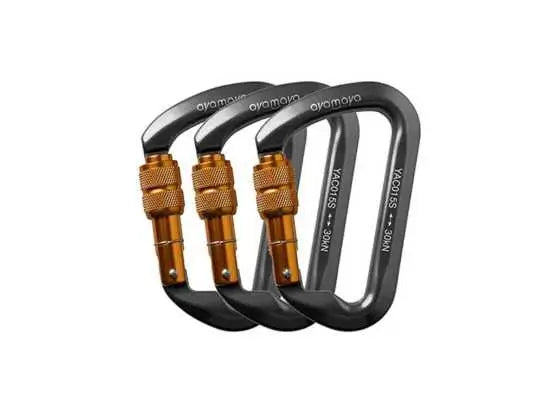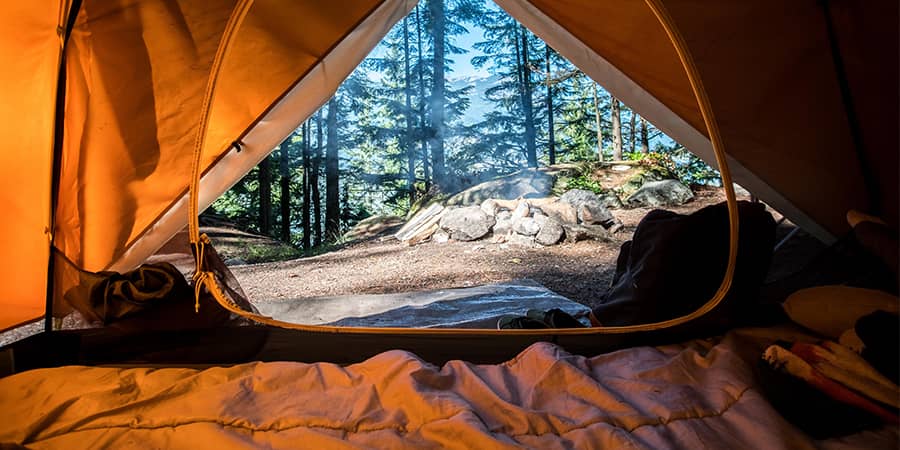Packing the right gear when you are out camping is always a good practice that will warrant a good time at your hike, mountaineering or even skiing. It may not be correct to think about how you will use, because the packing essentials may not have an instant use, but it only works when something gets awry. They will be vital in instances of life-threatening issues and safety.
Check the ten essentials from the article below that traces its origin from a Seattle -based organization. It was implemented in 1930 by a group of mountaineers. The essentials are prudent in creating awareness and preparing the campers in an emergency in the outdoors situation. The list has been improving over time, and it now includes other items that may not have existed before due to the new system approach when picking the backpacking essentials.
You do not want to miss out on these ten essential backpacking camping tools. Keep reading to get insights about the ten essentials.
Ten Essential Systems
The article shall be deliberating on ten essentials independently following the order below.
1. Navigation

Navigation is vital while you are camping. You will be considering five essential navigation tools that are necessary for camping. A compass, map, altimeter, GPS and personal locator beacon will be necessary navigation tools for backpackers.
- Map
First, you will need a topographic map if you want to be sure of the places. Learn about the terrain and the signpost in the map that will keep you in position. You will also be considering short footpaths that are impossible to miss following the map.
- Compass
A compass then comes second after the map. You may need some basics on map reading to help you relocate in instances of disassociation in the backcountry. Your phone compass may not be helpful when you are in a backcountry. A base plate compass will be vital. Interestingly, the compass is lightweight, and it won't have an impact on weight considerations. It may be essential to have a compass equipped with a sighting mirror when you are lost, and you will need a helicopter for the rescue.
- GPS
Backpacking is fun, but when there is an emergency, you will need an accurate location, and you can only do that using GPS. It is the best tool for outdoor travel. You only need to be vigilant when choosing one because it should be waterproof. Maybe you can use a smartphone that allows a GPS installation, but again, you should be thinking about emergencies, and maybe you won't have access to smartphones. It is wise to carry extra batteries because your smartphone uses power.
- Altimeter watch
An altimeter watch is another essential tool that uses a barometric sensor to measure air pressure. It has GPS data that provides a close estimate of your elevation. You will want to track your progress and also determine your location on the map.
- Personal locator beacon
Finally, a Personal locator beacon or rather a satellite messenger is necessary. A personal locator beacon is an essential hiking tool that will alert emergency personnel whenever they need help in the backcountry. You only activate the emergency, and it will determine your location using the GPS. It then sends the message to the government using a commercial satellite. The PLP is an essential safety tool that will work in places that a smartphone may not access a signal. It's the best tool you must never miss when you are hiking in the backcountry.
2. Headlamp
You will need to find your way around the bush at night, and it may be wise to carry a headlamp for dawn to dusk hikes. Headlamps are best for backcountry travellers because you won't need to hold them in your hand. You will have other tasks to do in your hand, rather than holding a spotlight. The headlamps use batteries and you should always carry extra batteries.
3. Sun Protection

Sun protection is a critical practice that you don’t want to ignore. If you won't consider the sun protection essentials, you may experience issues such as sunburns, snow blindness, skin ageing, skin cancer and even cataracts. You can be safe from this when you do good planning. Here are the essential tools that you will need for sun protection.
- Sunglasses
Hiking in the backcountry can expose you to radiations that may damage your skin, and you will need protection against it. There are varying types of sunglasses that suit specific functions. Extra dark glacier sunglasses are best when you are planning a prolonged trip to a snow or ice area. You will also need protection against Ultra violet rays that may burn your skin. You don’t need to suffer cater-acts in a long run, that is why it is essential to have sunglasses.
- Sunscreens
Spending long hours hiking during the day can expose you to ultraviolet rays, that will cause sunburns and premature skin ageing. You can limit your exposure to UV light by wearing sunscreen. you may want to follow the expert's advice when selecting sunscreen such as;
- Selecting a formula that will offer a sun protection factor of at least 15, but you will be doing well when you have an SPF 30 sunscreen.
- The formula should have the capacity to block both UVA and UVB.
- Sun protection clothing
Protective clothing is best for people who may be allergic to sunscreen. It is an effective way to block ultraviolet rays from reaching the skin, but of course, you will need sunscreen in areas that will be exposed. You can get lightweight synthetic pieces of clothing that comes with an ultraviolet protection factor
4. First Aid
A first-aid tool kit is prudent in every backcountry trip. You will need to know the tips on how to use the tools in the kit. Most tools in the first aid tool kit are customized for an individual. The must-have tools in the first aid tool kit are the treatments for blisters, adhesive bandages of varying sizes, gauze pads, over the counter pain medications, pen and paper, adhesive tapes and disinfecting ointment.
When hiking as a group, you should increase the number of items in your first aid tool kit. You should have some knowledge of handling emergency cases and using the tools in the tool kit.
5. Knife
A knife is vital to rule when you are hiking. It has many practical uses; food preparation, kindling, gear repair and many other functions. You will need a knife when handling emergency cases. There are many options that you can purchase based on your preferences.
6. Fire

Fire is an essential factor when you are camping or hiking. Get reliable supplies when working on a fire emergency and when lighting. You will also want to maintain the fire, therefore it's necessary to have the best fire supplies. A firestarter is a prudent tool that will help you jump-start a fire and are indispensable in wet conditions. You may need to get an ideal firestarter that will ignite faster and sustain heat for some seconds.
You will have several options to choose from like the tinder tucked away in a plastic bag, some candles, heat “ nuggets”, and priming paste. You may need a stove if you will be hiking in places away from tree lines. A stove will be a source of heat and water in snow areas.
7. Emergency Shelter
It will be wise to carry some emergency shelter when hiking because it may be possible that you will experience strong winds, heavy rains ad and even some injuries. It will be a milestone when you have emergency shelters such as the ultra-light tarp, a bivvy sack, an emergency space blanket and a large trash bag. A tent is the best emergency shelter you can have.
8. Extra Food
Things may not work according to your plans. Your trip may get messy, and you will need an extra day or two to accomplish your mission. It might get hard if you had a fixed amount of food. Carry extra food even when you are not expecting any hitches because emergencies will always arise. You will need energy bars, nuts, dried fruits and jerkins that are good foods when hiking.
9. Extra Water
You will need to carry extra water when you are out hiking. There are important considerations that should come first when planning for such a trip. Every hour of a journey may require half a little water, so you should be doing your arrangements based on such calculations and have something on op so that you don’t end up lacking water.
You may also need an ice breaker if you are visiting icy regions. Snow could be the best water source when things get tough. Carry some bottles for water in case you will be visiting the backcountry with freshwater sources.
10. Extra Clothes
Finally, it will be better to carry extra clothes when you are visiting the backcountry. Get a pullover, some underwear, and other extra clothing that enhancement your comfort when conditions changes. It may get cold, or you begin experiencing heavy rains while in the middle of the trip.

